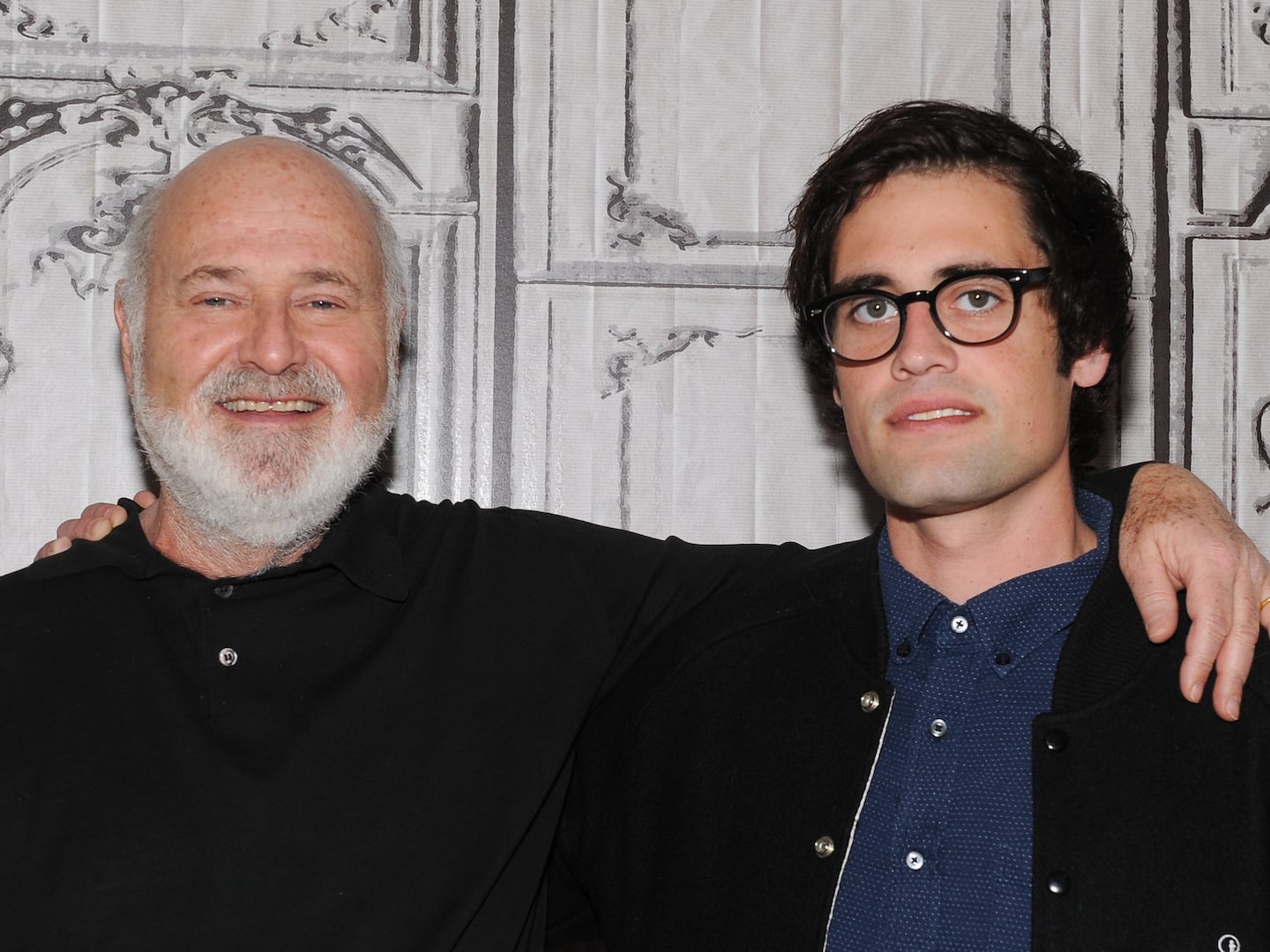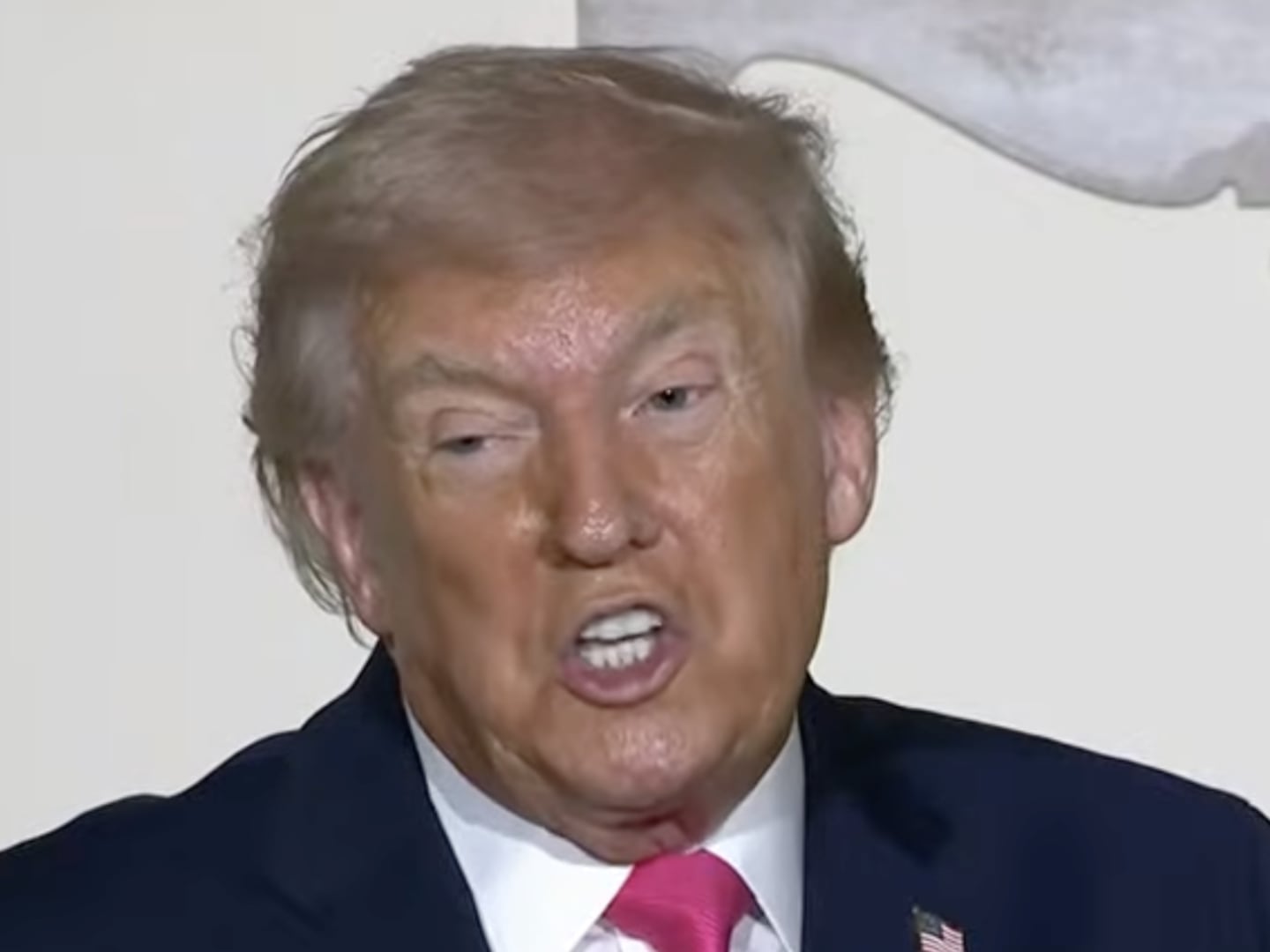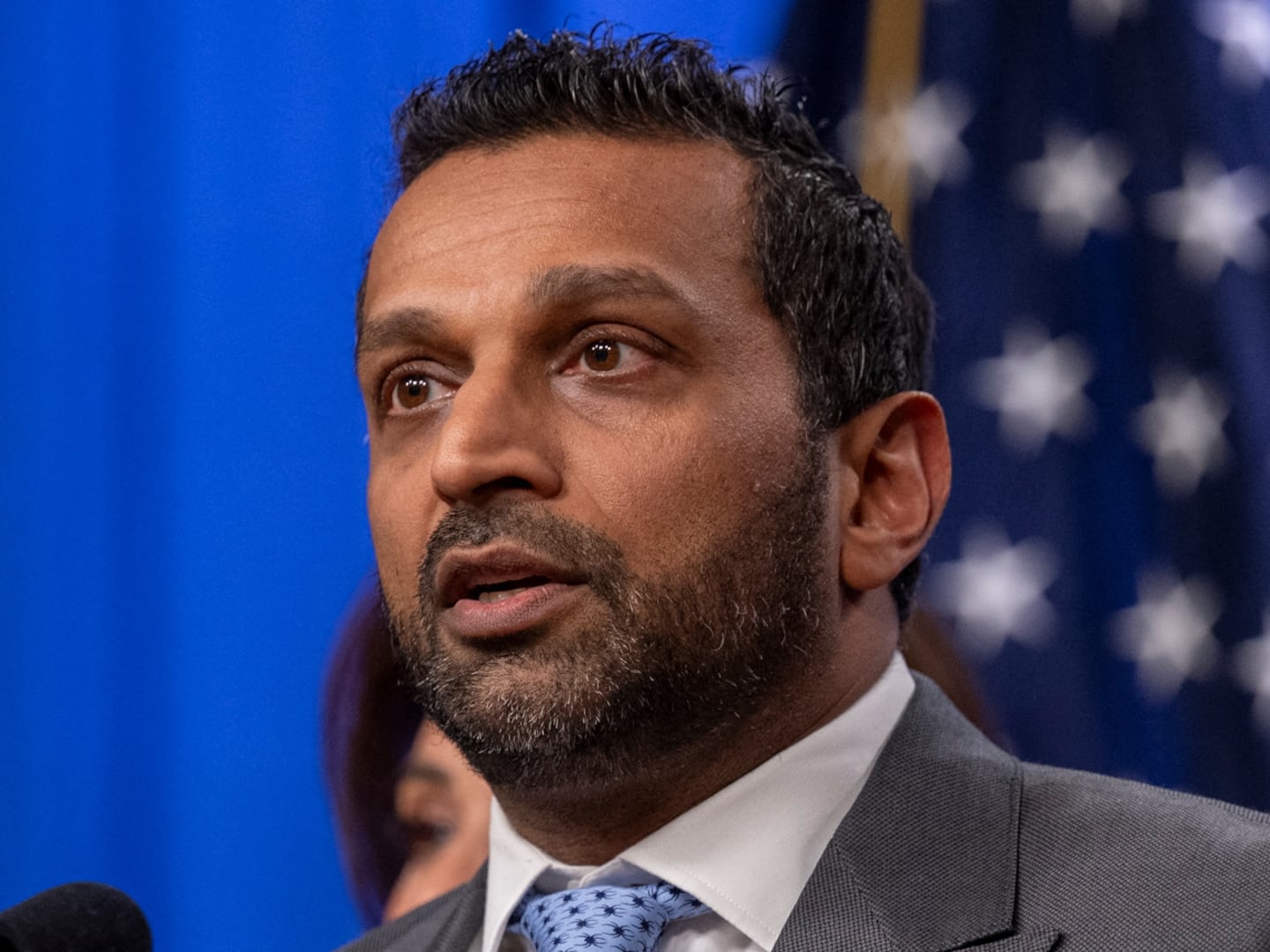Gone. Just after 6 a.m. this morning, interim Penn State president Rodney Erickson ordered that the campus’s iconic statue of Joe Paterno be removed. A handful of students scrambled to take a final picture. “He did so much for our university,” senior Stephen Sywy, who was the last person to pose with the statue, told me.
“Clear the area,” a policeman told them. “Get off the road.” Four Dumpster-size trucks blocked the area. Dozens of construction workers, in fluorescent safety vests and white hard hats, fenced the area, draping blue tarp to block the media’s prying eyes. Out of sight.
They covered the metal statue in plastic wrap and blue tarp, over his thick glasses, oversize nose, and smiling mouth. “I’m not sure how the story would have affected my sculpting,” the statue’s sculptor, Angelo Di Maria, told me a day earlier. “Maybe the smile wouldn’t have been as wide. Maybe the eyes would have been more pensive.” It doesn’t even matter.
The workers drilled from below, around Paterno’s costume of black leather sneakers and rolled-up khakis. They carried him into the football stadium like pallbearers at a funeral, six months to the date since Paterno died.
As a Penn State alumnus, former campus editor of The Daily Collegian, and reporter who covered the student riots over Paterno’s ouster, Jerry Sandusky’s trial, and its aftermath, let me be blunt: thank God the statue came down. My dad, also a Penn State alum, took down his framed photograph of the coach last fall. This morning, State College finally caught up with the rest of the country.
“The most complicated part of human sculpting is the face,” said Di Maria, who had wanted to allow more time to pass before deciding on the statue’s fate. “And the eyes and the mouth are always the most important.”
He’s right. But Paterno looked away. Paterno kept quiet about what fellow coach Sandusky was doing to boys. Not just in 2001, as he led us to believe when he was alive, but twice, according to the independent Freeh report: in 1998 and then in 2001. And for more than a decade, the abuse continued. Boys’ innocence: gone. Our university: ripped from the ground.
Those silent years were represented by some of the 44 plaques workers removed from Paterno’s shrine, one for each season he was head coach. (The plaques stopped after 2009, because there wasn’t enough room on the stone wall.) One by one, each plaque for each season—his more than 400 wins, two national championships—gone, erased, taken away to some “secure location,” as Erickson said in his statement.
And then, the workers removed the inscription on the wall behind the statue. "They asked me what I'd like written about me when I'm gone. I hope they write I've made Penn State a better place, not just that I was a good football coach." Gone, deleted. JOSEPH VINCENT PATERNO: EDUCATOR. Gone. COACH. Gone. HUMANITARIAN. Gone. My trust in Joe Paterno? Gone.

But Paterno, of course, did not act alone in his ignorance, but rather with ousted university president Graham Spanier, former athletic director Tim Curley, and former vice president Gary Schultz, the latter two of whom are charged with perjury for lying to authorities about the investigation.
Should the statue have been torn up? I’ll be honest, driving into State College a few days ago, I didn’t care. I was more interested in how my alma mater would change a perverse, distorted culture that valued football more than kids.
I expected the dozens of students to pose with the departing statue. I knew there were still disillusioned fans clinging to the fallen idol. But that’s not why I changed my mind. A father took his son, who looked no more than 10 years old. They were dressed in blue and white, colors of the Nittany Lions. As they posed for a picture, the boy positioned so Paterno’s right arm was around his, I wanted to look away. I wanted to ignore it.
I was suddenly back in the courtroom, when a guy my age testified that Sandusky anally raped him. Paterno didn’t do it. Sandusky did. But Paterno knew. And he should’ve protected that kid. The statue needed to come down.
But let’s not pretend Penn State administrators displayed any sort of leadership in removing it. As construction workers drilled, a few administrators watched from the football stadium’s box suites above. Tomorrow, the NCAA will hold a press conference at 9 a.m. at its headquarters in Indianapolis to announce its punishment for Penn State athletics.
Erickson should have uprooted the university’s athletic programs. Instead, he tore down a statue. Why? Penn State administrators still value a game over leadership. But the only way for Penn State to quit losing is perhaps to stop playing games altogether.
This morning, in not punishing the school's athletic program, Erickson opted to play coach, asking NCAA officials to referee its fate instead. It’ll cost him. Penn State doesn’t need a coach. It needs a leader.






